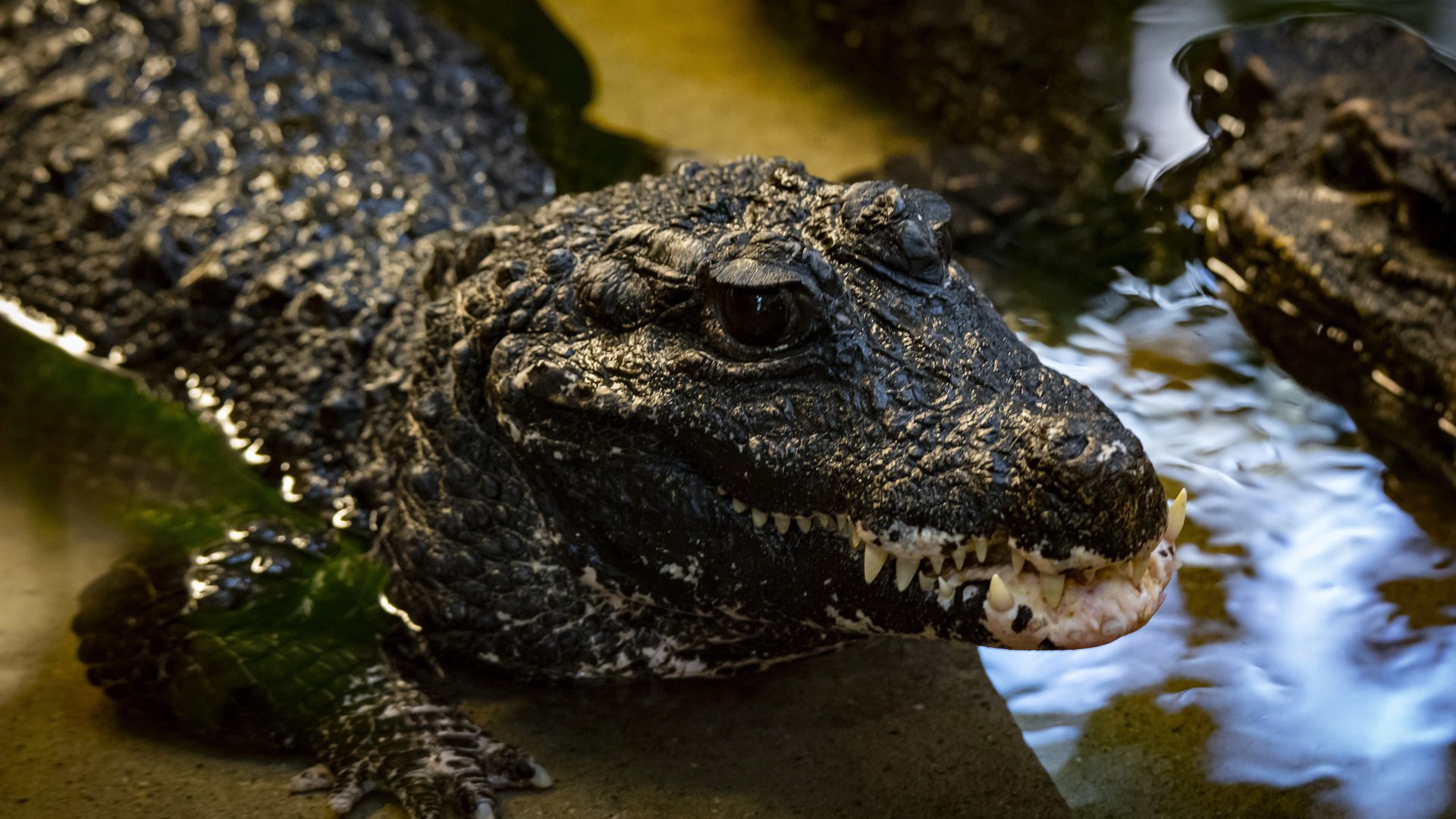Students will explore the relationship between water quality and living things, learn about the biofilter systems that keep our animals happy and even do some water testing. Students will discover the importance of water and its global distribution through small group activities. Water conservation strategies will be uncovered as students reflect on the question “How can we ensure clean water for generations to come?”
Length: 4 hours
Program times: 10:00 a.m.
Maximum students: 37
Cost:
- October-March: $365
- April: $375
Register Now
Curricular Connections
- Describe the distribution and characteristics of water in local and global environments, and identify the significance of water supply and quality to the needs of humans and other living things
- Investigate and interpret linkages among landforms, water, and climate
- Analyze human impacts on aquatic systems; identify the roles of science and technology in addressing related questions, problems, and issues
- Identify current practices and technologies that affect water quality, evaluate environmental costs and benefits, and identify and evaluate alternatives
- Illustrate the role of scientific research in monitoring environments and supporting development of appropriate environmental technologies
- Provide examples of problems that cannot be solved using scientific and technological knowledge alone
- Identify major factors used in determining if water is potable, and describe and demonstrate tests of water quality
- Recognize that fresh water and salt water contain varying amounts of dissolved materials, particulates, and biological components; and interpret information on these component materials
- Analyze relationships between water quality and living things, and infer the quality of water based on the diversity of life supported by it
On-Site Program Information and FAQ

